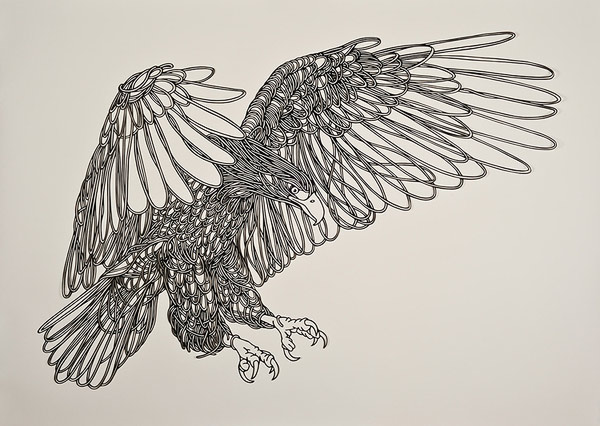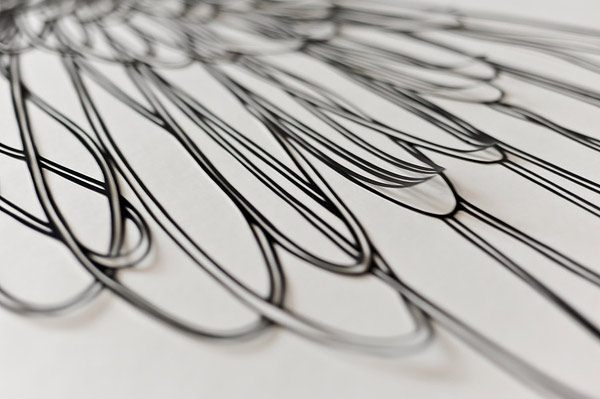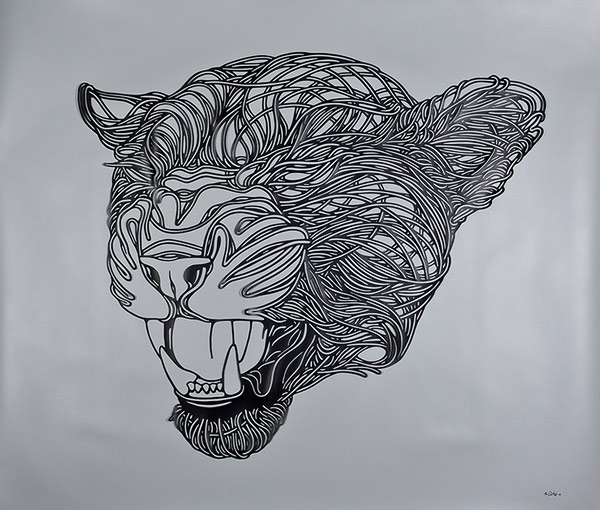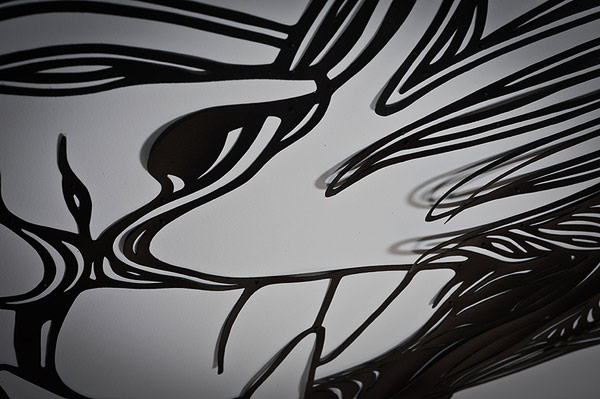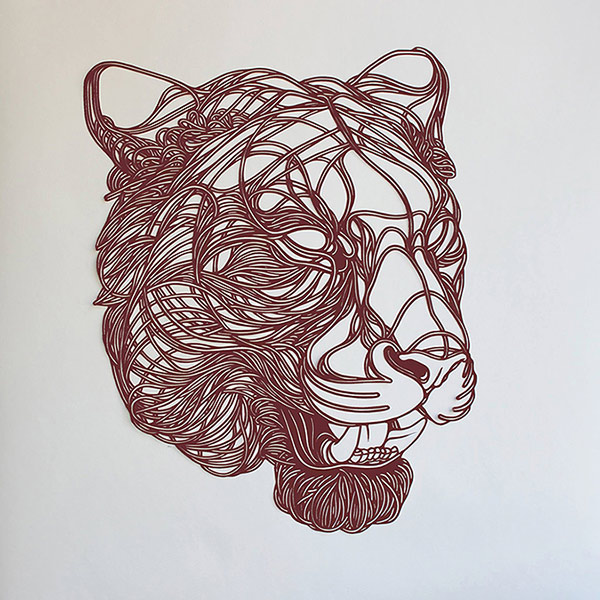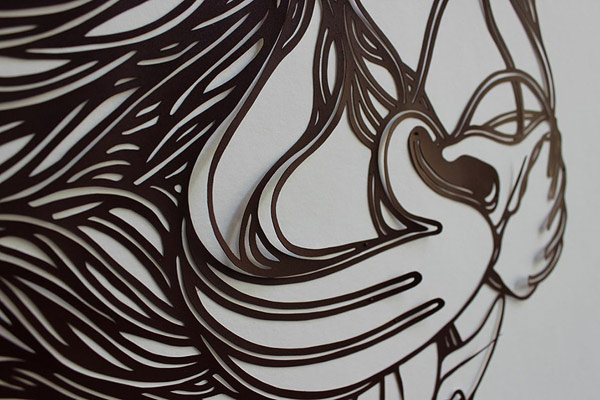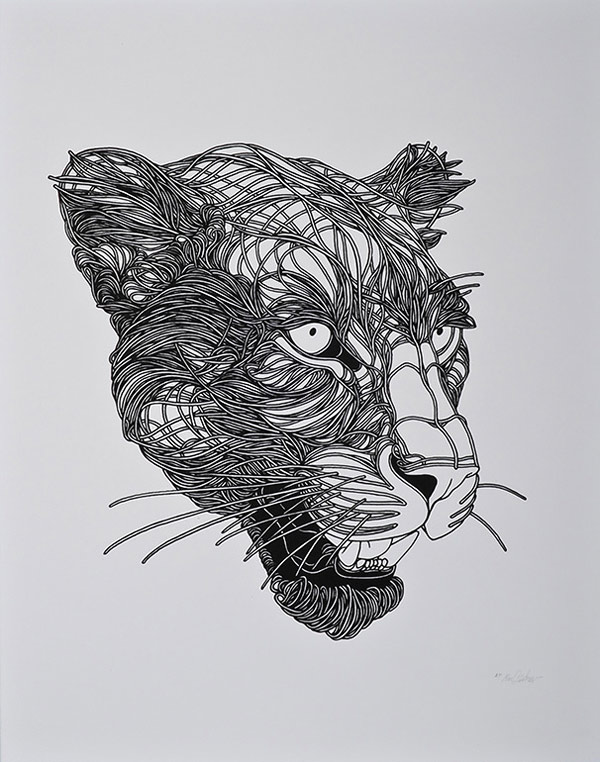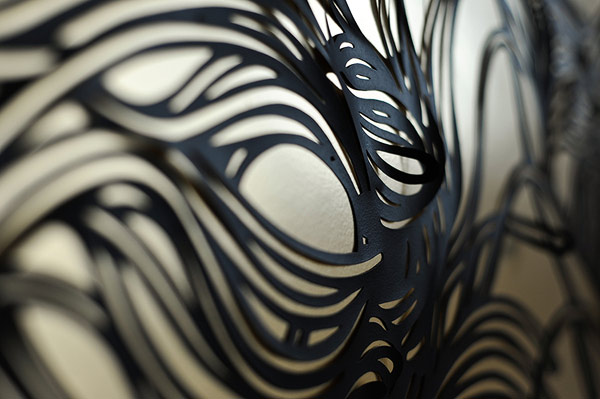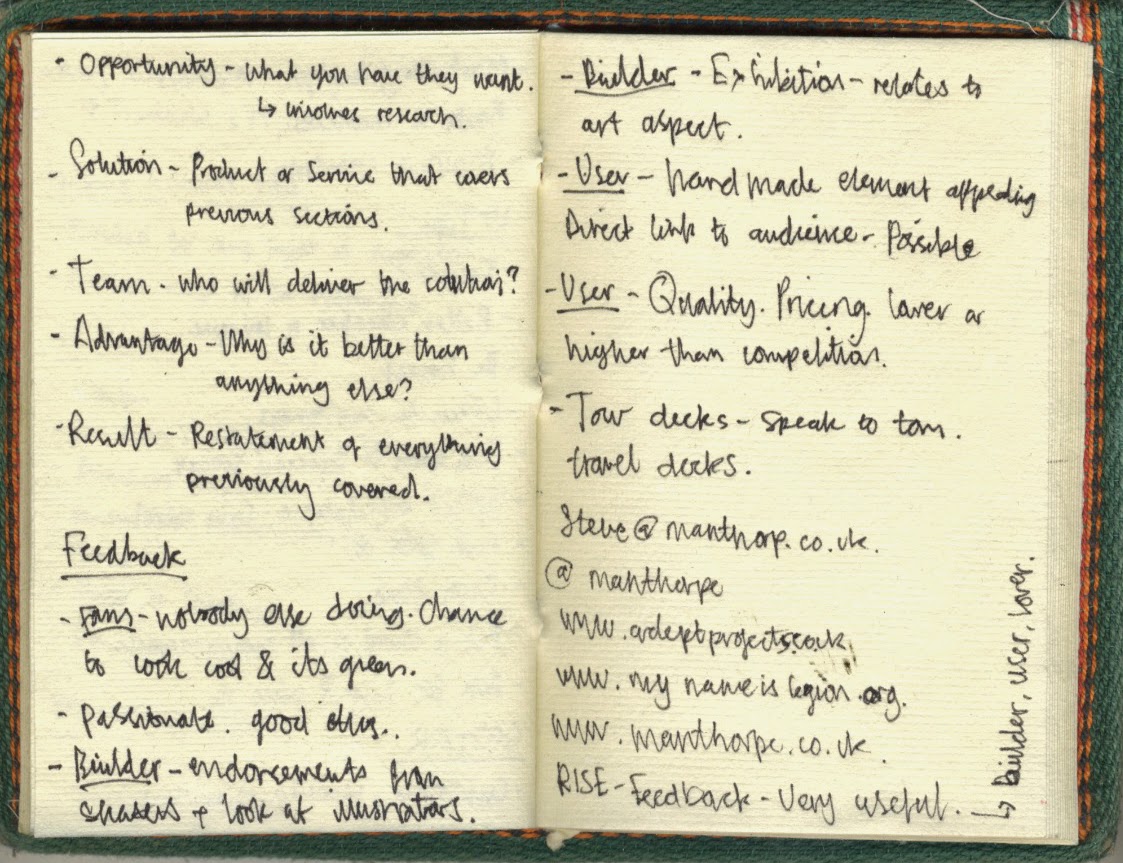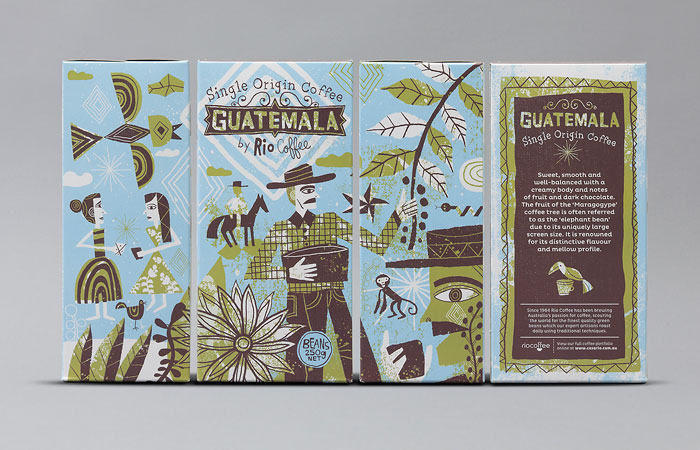At the end of the 'Start Up Wednesdays' session I was approached by Tom Hammond who sat in during the session and watched our business proposals, he briefly mentioned that he thought my proposed idea had scope for development and could be established as a functioning business. To help me progress from the inital point of just having an idea Tom requested that I type up my idea and send it to him so that he can review it in more detail.
Using the COSTAR method covered during the session I quickly summarised my idea and forwarded the information to Tom;
Jordan
Harrison Reader – Business Idea
Customer profile –
The primary target audience
will consist of skaters and long boarders situated within affluent westernised
countries such as the United Kingdom, America and Australia.
Members of the primary market
are lifestyle conscious, predominantly male and aged between 14 and 30.
Additionally, the audience will have moderate incomes and have access to expendable
income. Moreover, members of the primary audience have an interest in sustainability
and environmentally friendly products.
Additionally, a secondary
target audience will consist of people aged between 14 and 25 that don’t
necessarily skateboard but are interested in skateboard cruisers as a means of
transport and because of their current popularity.
Opportunity –
Within the
past few years there has been an eruption of interest in skateboard cruisers such
as the ones sold by the Australian based company ‘Penny’. Due to their attributes
such as their light weight, small portable size and soft wheels the cruisers
are predominantly used by customers as a means of transport for short distances.
Most of the
companies currently producing skateboard cruisers are doing so on a mass scale
using materials that are unsustainable and damaging to the environment. There
are existing companies producing cruisers that have a wooden deck however, this
often entails the felling of trees to get the material. From the current market
research collected as part of the business idea only one other company has been
identified that creates cruisers using reused materials (Satta skates use wood
reclaimed from timber yards.
Solution –
The product
will take advantage of the current gap in the market left by companies selling
mass produced cruisers that use unsustainable materials in various parts of the
production process. Companies such as Penny (who are currently dominating the
market) utilise a polypropylene plastic
to create the deck and polyurethane to create the soft cruiser wheels, although
robust these materials are both unsustainable and harmful to the environment.
To exploit
the gap in the market the product will be created using strictly
environmentally friendly resources, for example the cruiser deck will be
created from old skateboards that will be cut down to the desired size and
shape meaning that the materials are reused and don’t require any consumption.
Moreover, the wheels will be purchased from a company called Satori who have pioneered
a technology that creates cruiser wheels using the recycled cores from old
skateboard wheels and a corn starch mixture to form a soft, urethane like wheel.
The process allows Satori to create wheels that aren’t harmful to the
environment and are (from my market research) the only company in the world to
currently do so.
With regards
to aesthetics, each board will have a hand painted or printed illustration on
the bottom that will reflect the company identity and ethos. Only small runs of
each graphic will be created meaning that each graphic will be limited, this in
turn should in turn create a consumer demand for the product.
Team –
As the
production process for the product is very simple and requires little physical input
other than the cutting down of the deck and the creation of graphics I believe
that I am completely capable of running the company on my own. Moreover, an
additional benefit is that my course (Graphic Design) has prepared me for the
creation of the company brand identity, development of any additional print collateral
and the marketing schemes used to promote the company.
Although I
will be solely responsible for running the company I plan to utilise the
services of an accountant to keep on top of the accounts and taxes.
Advantage –
The product
has an advantage over other products as it reuses old skateboards and other
sustainable materials in its production. No other products that are currently
available on the market utilise reused skateboards for the deck meaning that
the idea is original and stands out from the crowd. Additionally, the fact that
the product is created using sustainable processes means that it is an appealing
purchase for consumers who are mindful of the ethics of companies they buy
from.
Result –
The result of
all of the above is a small company that produces and distributes a sustainable
skateboard cruiser that takes advantage of a small gap in a lucrative market.
The attributes that make the product individual are also the ones that will
appeal to customers, such as the its eco-friendly qualities and original
aesthetics.
Problems –
The only
problem I have currently been able to identify relies with the supply of old
skateboards which would need to be donated by skateboarders within the UK. To
solve this problem I thought of two possible solutions. One, offer skateboarders
an reason to donate the deck, this could be a small amount of money or a
percentage off the cost of a crusier, and two, establish relationships with
skate shops around the UK and create a marketing campaign that directs customers
to take their old skateboard at the specified location.

